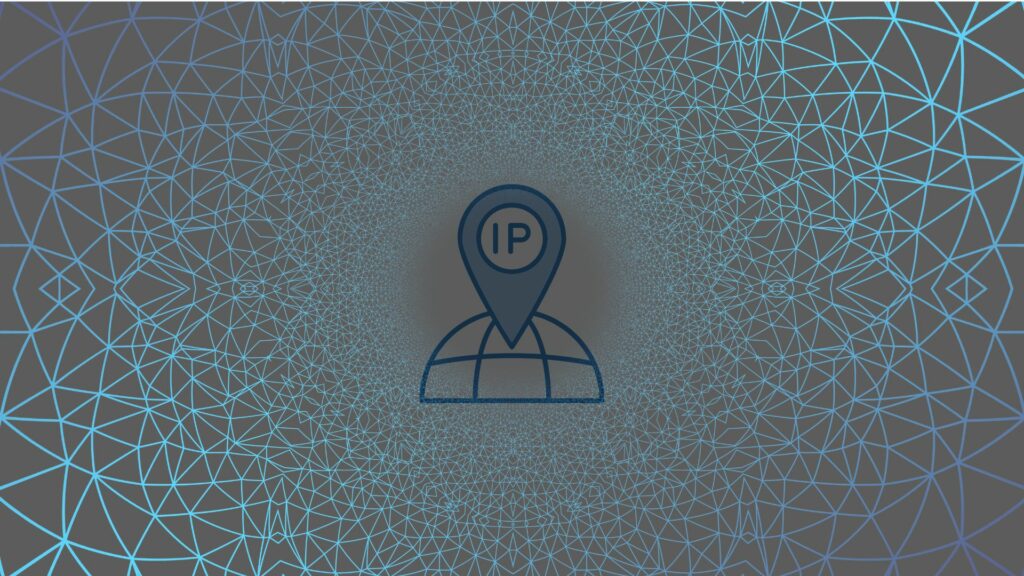Written by: Axonide
IP (Intellectual Property), is how the creator like manga/manhwa/anime author securing their creation. Even the big franchises like Tom & Jerry, and Disney’s creation are securing their creation with IP.
The known IP in real world is just old, complex legal which is ruled by the lawyers, that makes it expensive, waste of time, and confusing especially for small indie creator.
So What Does Story Protocol Offer?
In a nutshell, story makes IP easier in general so it’s reducing the barriers for others to use it on your terms!
In simple terms, Story did what BTC and ETH done to IP…
But how? This will sounds techy but i’ll make it easier to understand
The answer is, by making the IP as programmable digital lego. Imagine if every piece of IP was like an universal lego brick that could snap into any creation, in legit terms it’s called PIL (Programmable IP License). It’s like the invention of a special lego piece that can transform from digital brick to a real-world object and back again.
This is the way to take real-world IP, and turn it to something a computer can understand and work with (that’s the “onramp”), and then turn it back into legal-speak when needed (the “offramp”). Since on and offramp might be hard to understand, you can think of it like having a universal translator between the language of law and the language of code.
The Concern is…
They realized existing blockchains just weren’t cut out for handling the complexities of IP. Think about it – a single piece of IP might be connected to hundreds or thousands of other works, each with its own licensing terms. That’s a tangled web that regular blockchains weren’t designed to manage.
So, Story did something bold. They built their own full-stack solution from the ground up, tailored specifically for IP. It’s made up of three key parts:
The Network: Their custom blockchain, optimized for IP transactions.
The Protocol: This is where the Programmable IP License (PIL) lives and works its magic.
The Applications: Where developers can build cool tools using Story’s IP-focused infrastructure.
By creating this specialized system, Story made it possible to handle complex IP relationships and royalty distributions efficiently. It’s like they built a whole new city just for managing creative works, instead of trying to cram everything into an existing town that wasn’t designed for it.
The L1 powers the protocol, then the protocol enforces the PIL on-chain, and all three components together enable the ecosystem of apps.
Conclusion
So what kind of apps we can built on Story? Anything! It feels like “a hundred way to Rome”
Builders already using Story for creator tools, AI-thingies use cases such as attribution and attestations, as well as IPfi related use-cases such as borrowing/lending, license trading, etc.

